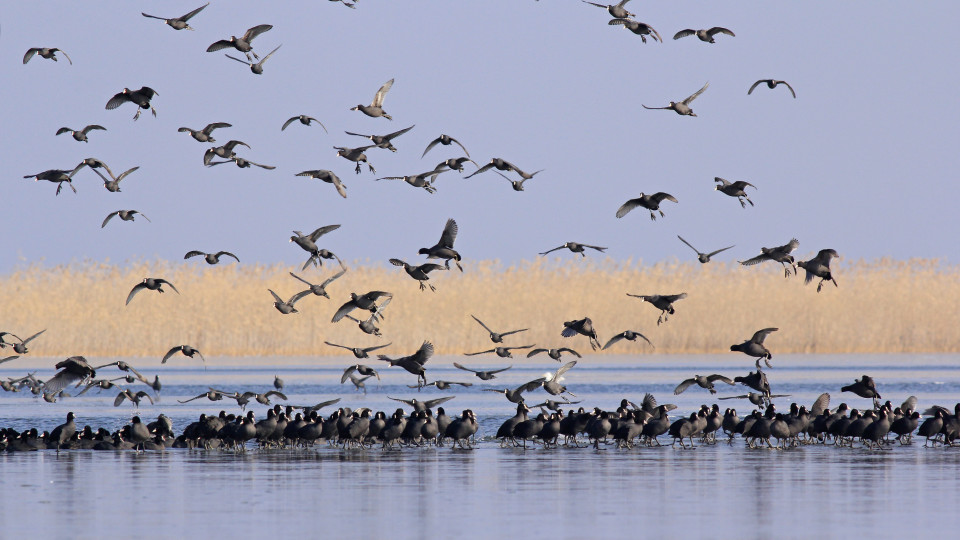Starting this year, the European Association of Wetlands International has started producing a dashboard presenting a quick overview of the trends of the wintering waterbird species in the European Union. This includes both multi-species trends for groups of species according to which of the annex a species is listed on the Birds Directive and showing also the trends for individual species.
The wintering numbers of waterbird species listed on Annex 1 of the EU Birds Directive has increased by 0.6% between 1980 and 2016. The annual rate of growth has been even faster in the short-term (i.e. between 2007 and 2016). There is only one Annex 1 species that has declined in the long-term, the Bewick’s Swan.
The multispecies index for huntable species listed on Annex 2 of the Birds Directive is a very small, but statistically significant decline (- 0.1% per year) in the long-term, but the short-term trend is positive (0.8% per year). However, this overall picture confounds very diverging trends at the species level. Some, the wintering numbers of some species have increased both in the long- and the short-term (e.g. Gadwall, Northern Shoveler, while many more abundant species of high interest continue declining including the Common Moorhen, Common Pochard, Eurasian Oystercatcher, Tufted Duck, Eurasian Coot, Mallard and Red-breasted Merganser. Member States and the European Commission should take steps to avoid overharvesting these species.
The results of the multispecies trends and supporting information can be found here: http://iwc.wetlands.org/index.php/eumsi

